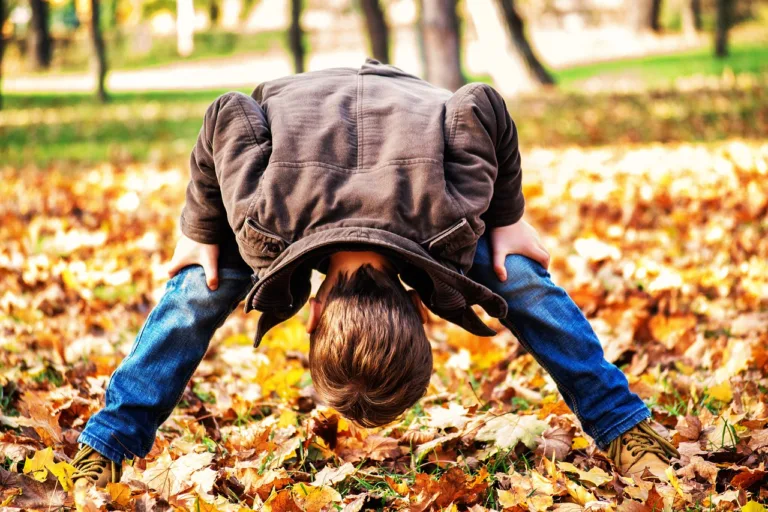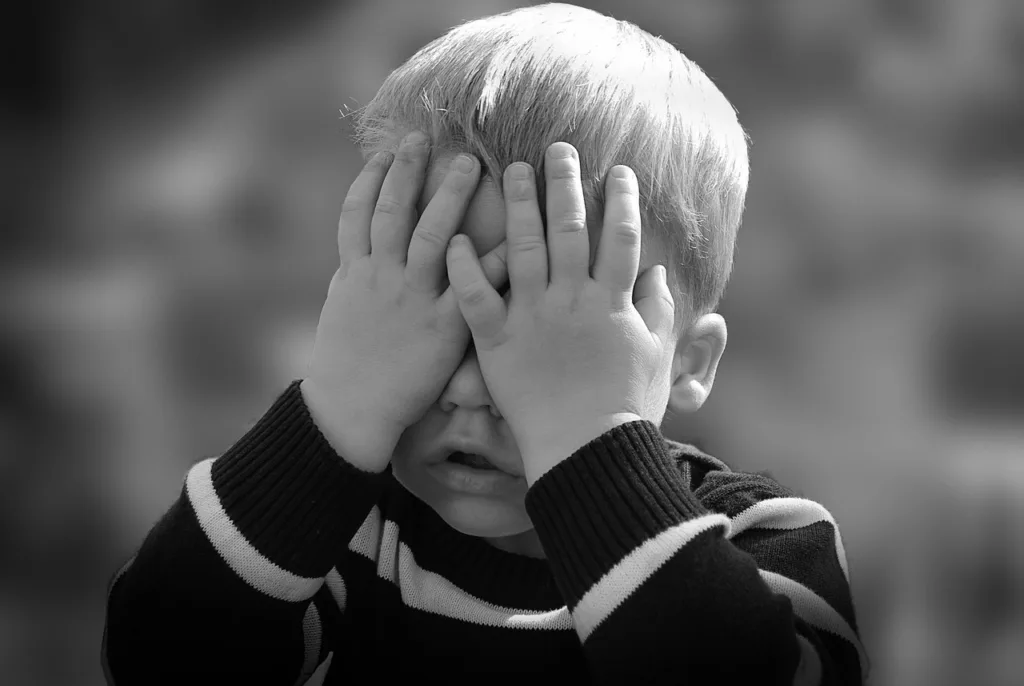Separation Anxiety in Toddlers: Understanding, Symptoms, and Solutions
Separation anxiety in toddlers is a common phenomenon that affects both the child and the parents. It’s a normal developmental phase, but it can be challenging to deal with. Separation anxiety usually starts around 6 months of age and can last up to 3 years. In this article, we will explore what separation anxiety is, its symptoms, and how to deal with it.
Table of Contents
What is separation anxiety?
Separation anxiety is a natural developmental phase in toddlers when they start to feel uncomfortable or anxious when separated from their parents or primary caregivers. It usually occurs between 6 months and 3 years of age when toddlers begin to realize that their parents can leave them and they cannot control the situation.
Causes of Separation Anxiety in Toddlers
Separation anxiety is a natural response to the developmental stage of a toddler’s life. However, some factors can exacerbate the severity of separation anxiety, such as:
- Changes in routine, environment, or caregiver
- A stressful or traumatic event
- Lack of quality time with parents or caregivers
- Overstimulation or under-stimulation
- Overprotection or inconsistency in parenting
- Genetics and temperament

Symptoms of Separation Anxiety in Toddlers
The symptoms of separation anxiety can vary from child to child, but some common signs to look out for are:
- Clinging to parents or caregivers
- Crying, screaming, or tantrums when separated
- Refusal to go to sleep or attend school
- Fear of being alone or in unfamiliar places
- Physical symptoms such as stomachaches, headaches, or nausea
- Regression in behavior, such as bedwetting or thumb-sucking
- Loss of appetite or weight loss
- Excessive worrying or anxiety
How to Deal with Separation Anxiety in Toddlers
As a parent or caregiver, dealing with separation anxiety can be stressful and overwhelming. Here are some tips on how to handle separation anxiety in toddlers:
1. Gradual Separation
Gradual separation can help your child adjust to being away from you. Start by leaving your child with a trusted caregiver for short periods, and gradually increase the time apart.
2. Make Goodbyes Short and Sweet
Avoid lengthy goodbyes, as this can increase anxiety in your child. Instead, give a quick kiss, a hug, and reassure your child that you will be back soon.
3. Comfort and Reassurance
When your child is upset, comfort and reassure them that everything will be okay. Stay calm and positive, and avoid showing any signs of anxiety or stress.
4. Set Up a Routine
A predictable routine can help your child feel more secure and less anxious. Establish a daily routine for your child that includes regular mealtimes, playtime, and naptime.
5. Keep Your Promises
Keep your promises to your child, and avoid breaking them as this can create mistrust and exacerbate separation anxiety.
6. Introduce New People Gradually
Introduce new people to your child gradually and with care. Let your child get to know new caregivers, teachers, or friends before leaving them alone with them.
7. Practice Separation
Practice separation with your child regularly to help them feel more comfortable being away from you. This can include leaving your child with a caregiver while you run errands or attend a short meeting.
8. Seek Professional Help if Needed
If your child’s separation anxiety is severe or is affecting their daily life, seek professional help from a pediatrician or child psychologist. They can provide you with guidance and support on how to help your child.
Conclusion
Separation anxiety is a common developmental phase in toddlers that can be challenging for both the child and the parents. By understanding the causes and symptoms of separation anxiety, and by implementing gradual separation, reassurance, and a predictable routine, you can help your child feel more secure and less anxious. Remember that seeking professional help is always an option if needed.
F.A.Q.
Yes, separation anxiety is a normal developmental phase in toddlers.
Separation anxiety can be caused by changes in routine, environment, or caregiver, a stressful or traumatic event, lack of quality time with parents or caregivers, overprotection, inconsistency in parenting, and genetics and temperament.
You can deal with your toddler’s separation anxiety by implementing gradual separation, reassurance, a predictable routine, keeping promises, and seeking professional help if needed.
Separation anxiety usually starts around 6 months of age and can last up to 3 years, but it can vary from child to child.
If your child’s separation anxiety is severe or is affecting their daily life, seek professional help from a pediatrician or child psychologist.
FOR MORE VALUABLE TIPS BUY OUR PARENTING COURSES AT https://www.kidzoot.com/courses/
CONSULT YOUR PERSONAL PARENTING SOLUTIONS VIA APPOINTINTMENT AT https://www.kidzoot.com/appointment-booking/
Follow Us on Twitter www.twitter.com/kidzootworld

